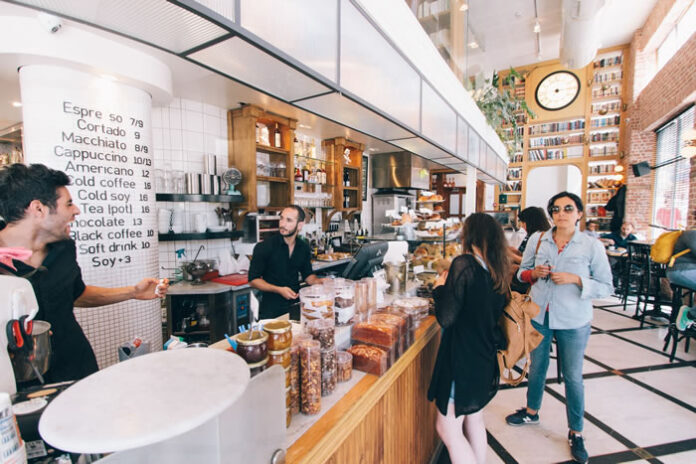Ninety-six percent of customers say they would leave a company because of a bad customer experience, according to the 2020 Achieving Customer Amazement survey. For businesses forced to reimagine their customer experience (CX) strategy in the spring of 2020, and still unable to return to their CX playbooks right away, this figure should be concerning. Let’s explain the three E’s of customer experience.
But all is not lost. As a chief customer officer for many years, I’ve found that there are three principles of a customer experience strategy that can weather any storm. When the levers of expectations, engagement and empowerment are in balance and executed well, any company, regardless of size, can create a great customer experience.
Aligning and delivering on EXPECTATIONS
We’ve all seen companies that claim to value their customers, but I’ve rarely seen a company provide a definition of how they show their appreciation. In effect, customers and companies interpret “valuing customers” differently, and then their expectations aren’t aligned. I’ve even seen differences in expectations among interdepartmental teams – where marketing defines target customers as the Fortune 500, but customer support defines targets as potential revenue brought to the company. When expectations aren’t aligned, that always leads to disappointment and perceived poor experiences. But when companies and customers have shared expectations, and the company delivers on them, the experience is nothing short of great. Atlassian is a software provider that does a terrific job of setting expectations. In its menu of services, the company outlines support features available, detailing all the way down to the hours that support is available and typical response time. Customers and employees are aligned on what to expect. This is a perfect example of the three E’s of customer experience.
Teaching customers the rules of ENGAGEMENT
A common adage for customer experience is to go above and beyond for customers, and that will lead to their engagement and advocacy. Too often, I’ve seen companies interpret that advice as adding costs to surprise and delight a customer. But, money doesn’t solve every problem a customer faces. Instead, I’ve often found that the companies that customers think of for having great customer service are the ones that help them be self-sufficient – truly utilizing the three E’s of customer experience.
Take Starbucks for example, the coffee company has “trained” its customers to use its own language and system when ordering beverages. When we walk into a Starbucks, we know to order a tall instead of a small as well as the ways to modify our beverage. We’re rewarded for using this language by fast service and a product that meets our expectations, all making a positive experience in our minds. In effect, we’re inspired to share our coffee picture proudly on Instagram and return back to our favorite barista.
Maximizing lifetime value through EMPOWERMENT
Companies that set customers up for success with their products or services immediately after the initial purchase are those remembered for great experiences. That means, they both educate new customers on the best ways to use their new purchases as well as proactively offer ways to add more, ongoing value. One of the best companies doing this right now is Peloton. When you order a Peloton, the delivery team not only brings the machine into your home, they also calibrate the bike to your needs and show you how to use it. By the time they leave, you feel like you can use it right away and derive value. Customers receive more value from Peloton over time by engaging in competitions, taking classes and seeing their place on leaderboards.
Three E’s of customer experience
The truth is, we live in an experience-driven world. Customers rightfully have high expectations of brands, and only those that rise to meet these expectations will thrive in 2021. Skip the gimmicks, and instead center your customer experience strategy on setting clear expectations, engaging with customers actively and empowering users with tools right away. Now that you have the framework, you can scale your customer experience – no matter the outside forces. Will your customers describe the three E’s of customer experience?















